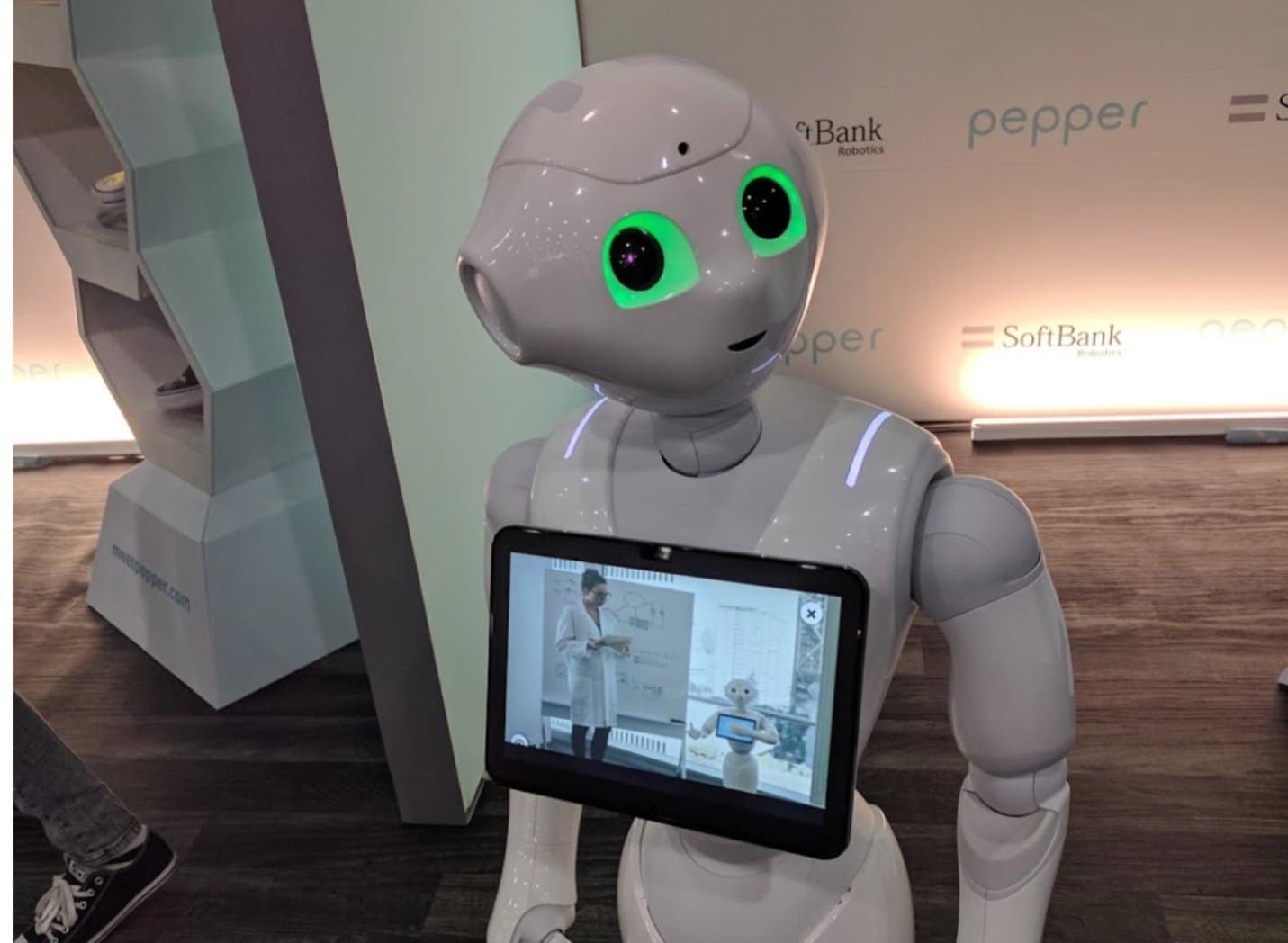Personalization Is More Than Just A Buzzword, It’s A Business Model
The challenge of matching a customer’s expectations with the actual experience is still, well, a challenge. Personalization has moved from a tech industry buzzword into a customer expectation.
A survey of 500 senior mobile professionals by business intelligence provider Open Mobile Media said that 53% of companies had reportedly created a personalized or contextualized experience for their customers. According to Open Mobile’s State of Mobile 2017 report, personalization is a recognized business strategy for every sector of the mobile industry.
In terms of long-term growth potential for mobile products, personalization is at the top of the list. Around 32% of people cited the creation of a personalized customer experience as a priority. One in five people said that adding value to the customer life cycle would encourage growth, especially if that value was personalized to the individual.
Re-engagement and retention of existing customers was also important—11% of people said this offered long-term growth potential. Additional revenue channels and attracting new customers was cited by 7% and 12% of people, respective.
Contextual elements such as location, weather, user interfaces, purchase history, app interactions and interactions with other brand touchpoints are the data-heavy tools that allow companies to focus on personalization. For example, 80% of people use location-based interactions to personalize the customer experience. The challenge for brands is to make sure that they maintain a persistent focus on personalization, with around 62.5% of people focused on user experience analytics, the report said.
“The focus on personalization has remained strong, enabled in part by the vast amounts of data companies are continuing to utilize alongside increasingly advanced analytics models,” said Open Mobile. “Moreover, while it’s still a challenge, it’s a challenge that mobile teams have begun to meet, with more than half of them reporting they offer a personalized or contextualized mobile experience.”
Customer Experience Varies By Channel
With an omnichannel approach now the accepted business model, the definition of “mobile” has got a lot broader. The mobile landscape is varied and constantly on the move (no pun intended), which makes it even more important for companies to identify the right areas of customer focus.
In terms of mobile growth prospects over the next 18 months, people were enthusiastic about mobile payments, artificial intelligence/machine learning and voice-enabled interfaces. Mobile streaming or connected TV also scored highly, as did the smart home and connected retail.
People were on the fence about virtual and augmented reality, although the technology did rank higher than mobile gaming. Excitement over wearables and beacons was on the wane, with people increasingly apathetic towards both, the report said.
Although what constitutes mobile has undoubtedly changed, companies are still developing their mobile products in tried and tested channels. The mobile Web, mobile apps and social networks all ranked highly in Open Mobile’s report. Chatbots and virtual assistants were cited as avenues of importance, although virtual and augmented reality and the Internet of Things appear to be lagging behind (for the moment, at least).
“While the concept of mobile has broadened to include the Internet of Things, augmented and virtual reality and other sectors, companies in the survey still have sights firmly fixed on the mainstream channels of mobile apps, social networks and the mobile Web,” the report said. “Wearables and virtual assistants have increased in importance. However, this interest hasn’t translated into wearable projects: 55.8 percent of respondents have no plans to develop for wearables platforms, with another 14.4 percent unsure. Only 29.8 percent are working on wearables or plan to.”
Personalization Provides A Unique Set Of Challenges
The move from mobile first to (essentially) mobile only has thrown up a number of challenges, Open Mobile said.
Understanding the customer is the main challenge for mobile product teams, followed by a monetization strategy and a fragmented operating system environment. Personalization and contextualizing a person’s experience with a product was supposed to get easier, thanks to the availability of big data but more data not always mean more insight. Companies are still coming to terms with the concept of the customer as an individual, which can limit exactly how and where a customer can be targeted.
One solution is to create mobile content that appeals to the customer and allows the brand to individualize a message that has been (basically) tweaked for that person. This in itself is a massive challenge. Customers are increasingly aware that they are targets, especially when it comes to content that tries too hard. In essence, this means that content must have relevance to that brand, be engaging and, importantly, direct a customer down a desired or strategic route.
“With the dominance of content marketing in today’s media plans, it’s not surprising that creating the right content is seen as the biggest challenge: Agencies, publishers and brands all struggle to identify and produce engaging content that also has relevance to the brand,” Open Mobile said. “Context and relevance, the second biggest challenge, is related to that drive for content, because it’s not enough to produce excellent content. Content also must be appropriate to the mobile moment and to an individual’s interests.”




